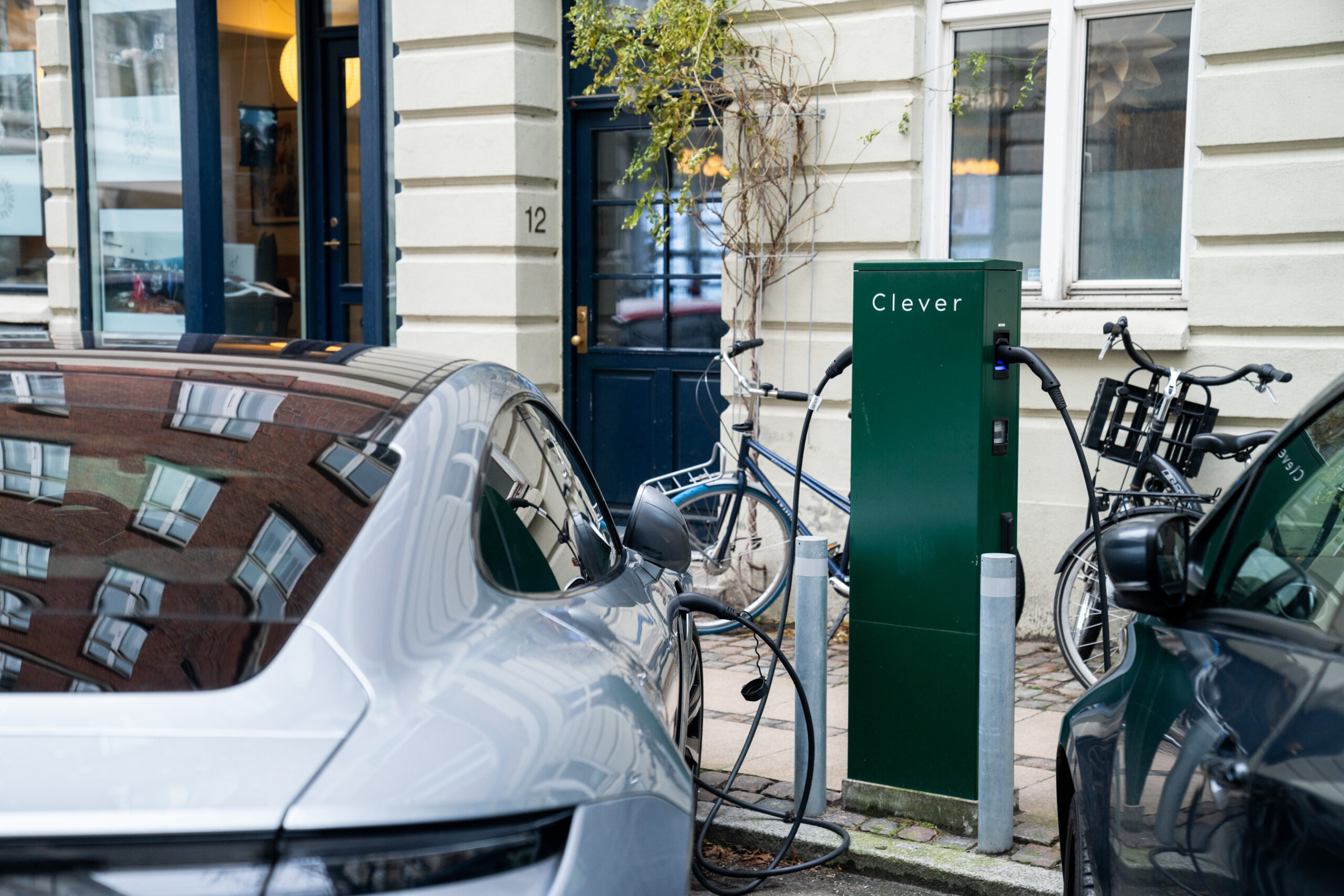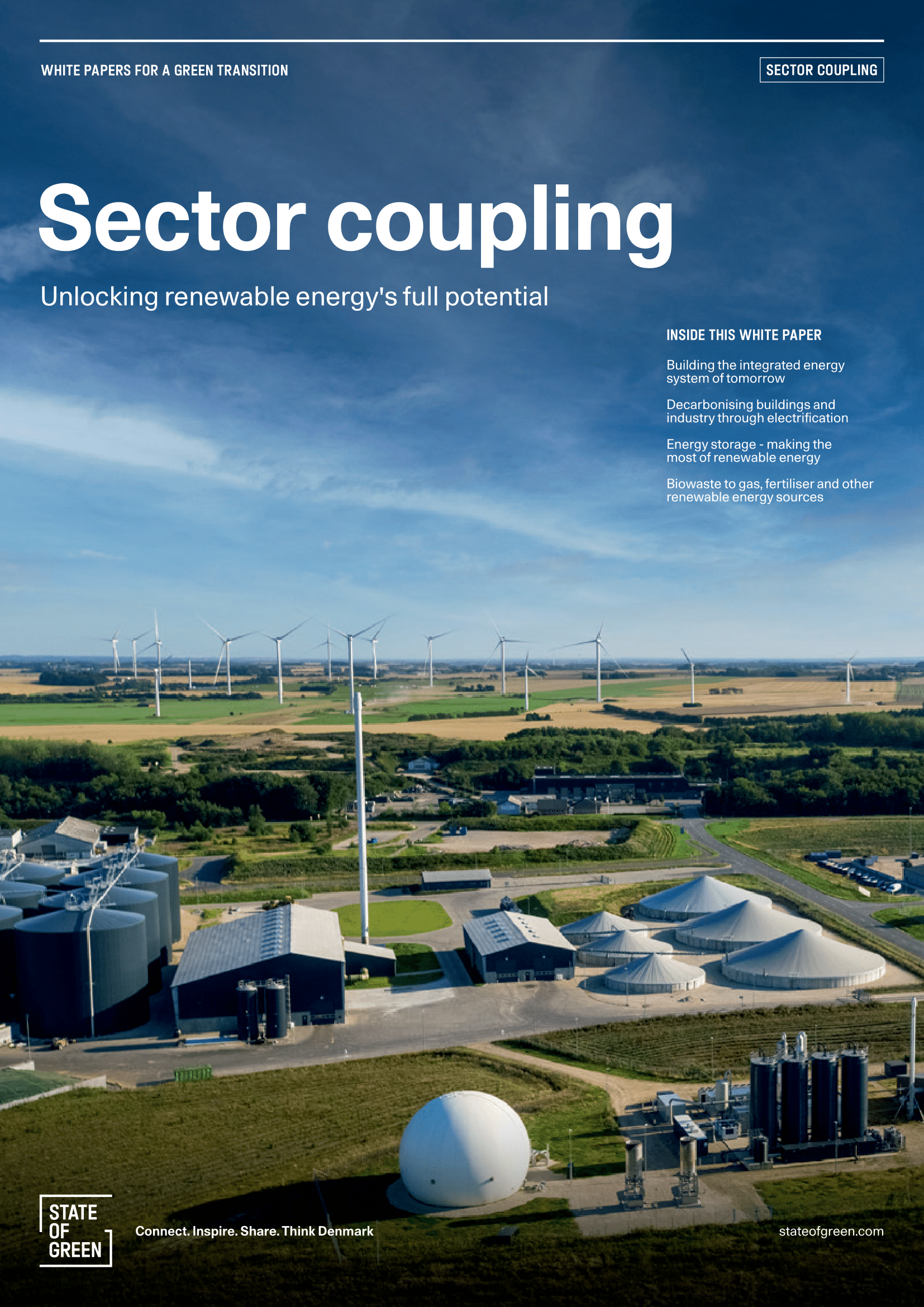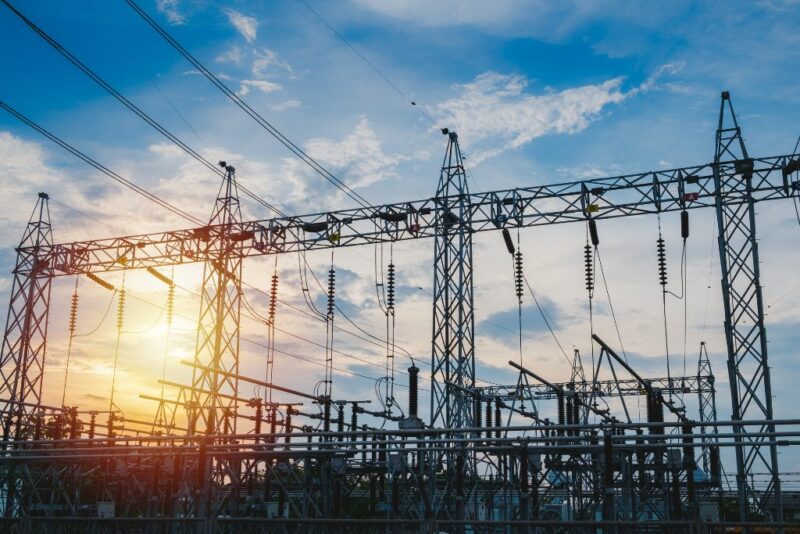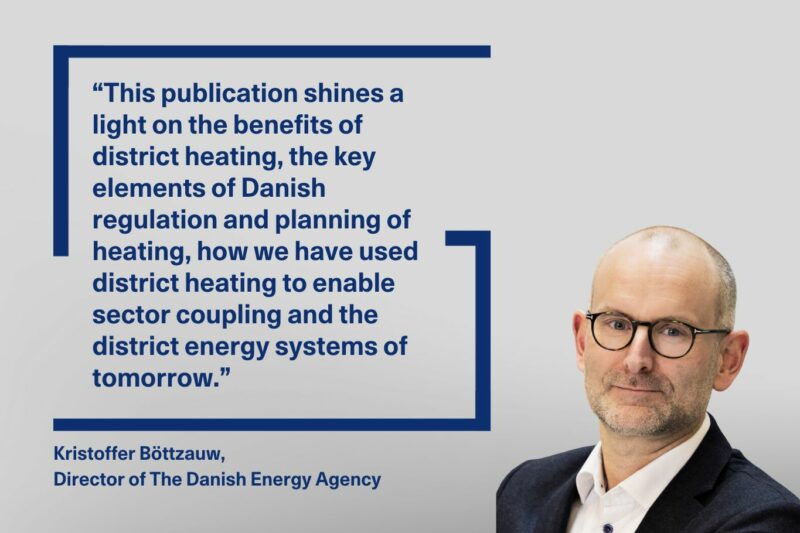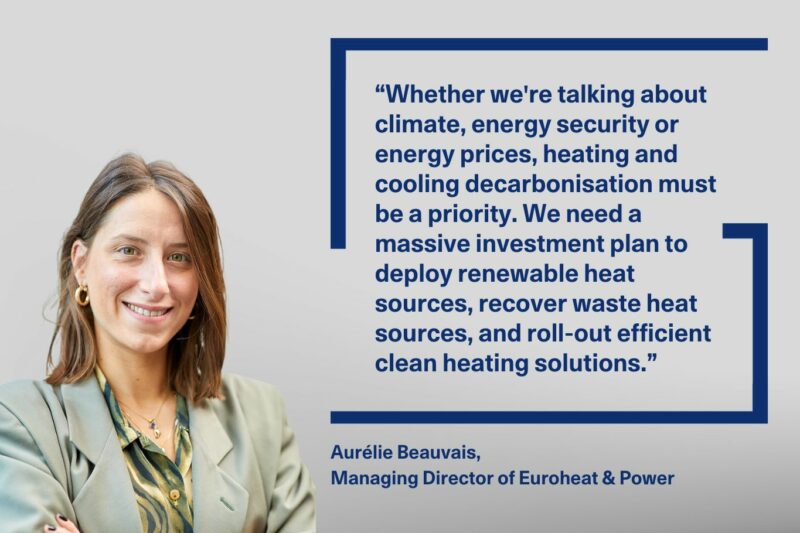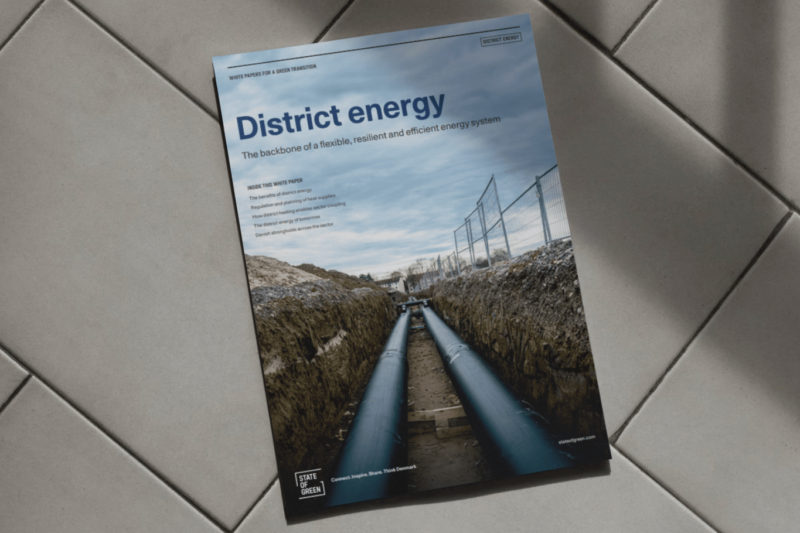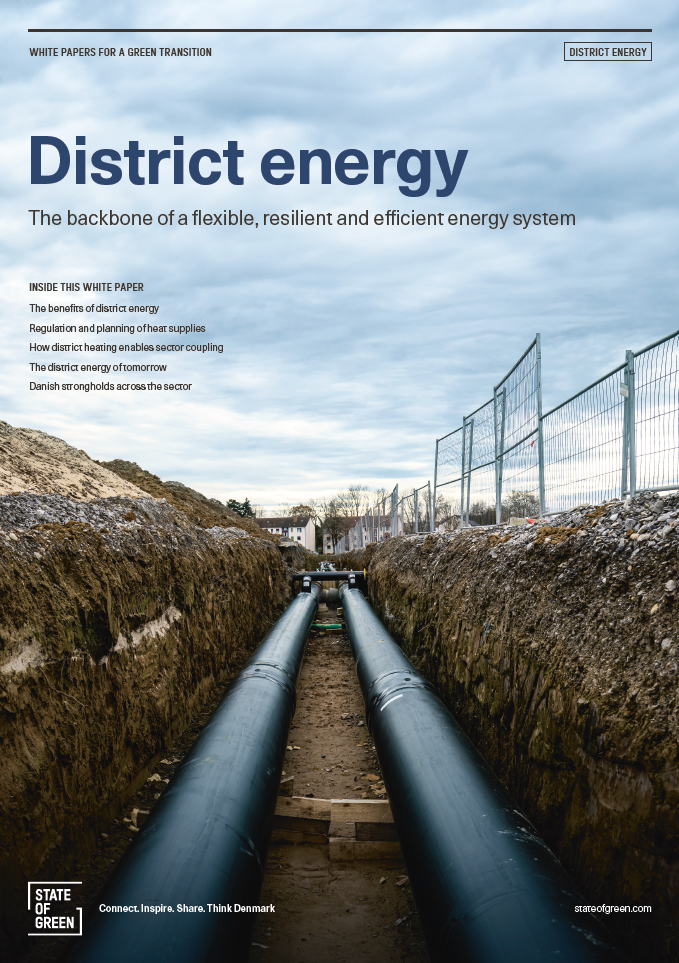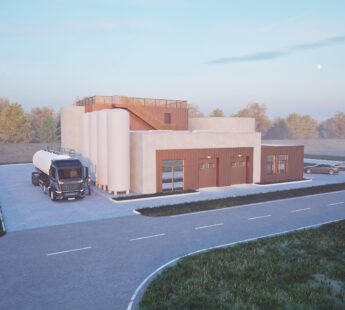Energy storage plays a critical role in optimising the use of renewable energy by enabling the movement of energy across time, location and medium. This versatility is essential for balancing the inherent variability of renewable energy sources such as wind and solar power. By storing surplus energy produced during peak generation periods and releasing it during periods of low production, energy storage systems help maintain a stable and reliable energy supply while ensuring that we make the most of the renewable resources available. This capability is vital to ensure that renewable energy can consistently meet demand, regardless of the fluctuations in production.
Making storage systems cost-effective
The more charge/discharge cycles a storage system undergoes, the better its business case becomes, as it maximises the use of the stored energy and the ability to take advantage of price fluctuations. The cost of energy storage has dropped significantly over the past decade. For example, the cost of lithium-ion batteries has decreased by 90 percent since 2010, and their energy density has increased (IEA, 2024). In addition, energy storage helps stabilise the power grid by balancing the supply of electricity and acting as a backup, both of which are crucial to maintaining the stability of the power grid and significantly improving the investment appeal of storage systems. Energy storage can often improve the business case for other renewable energy projects, such as solar power or EV charging stations, by taking advantage of fluctuating electricity prices and selling flexibility services back to the grid.
Storing for direct and indirect electrification
While the most efficient method of storage is to store energy as electricity in batteries, conversion to energy sources such as heat, gas or methanol through Power-to-X technologies can also be highly valuable when seeking to couple different sectors together. Power-to-heat, for example, is a cost-effective storage solution that also supports the heating sector, which is a significant energy consumer. By integrating energy storage with heating systems, large amounts of renewable energy can be used more efficiently, reducing dependence on fossil fuels and cutting greenhouse gas emissions.
Energy storage should be considered with a wide lens, as there is significant potential in the electrification of industry, buildings and transport. Buildings can function as thermal batteries, storing heat in their structures and materials, while EVs and other transport solutions offer mobile storage options. These applications increase the flexibility and capacity of the energy storage network, allowing renewable energy to be stored and used more effectively. As the adoption of EVs and smart buildings increases, the integration of energy storage with these technologies will play a central role in maximising the benefits of renewable energy and advancing the green transition.
